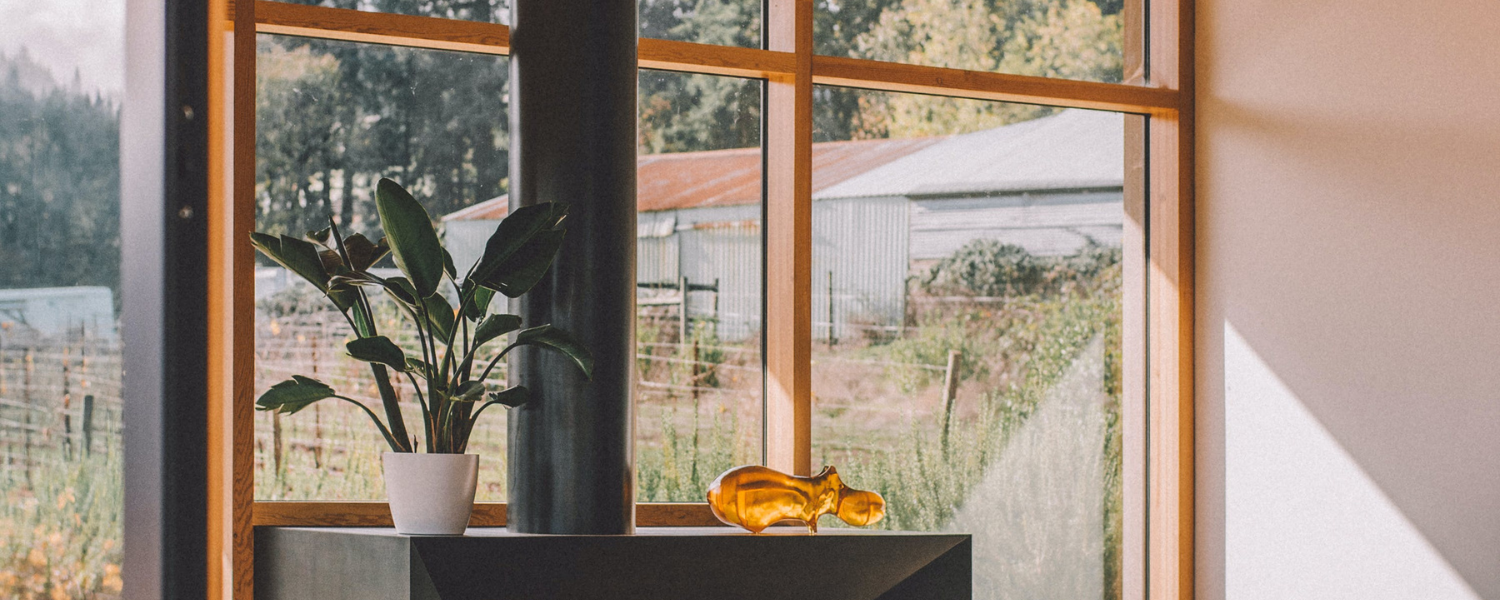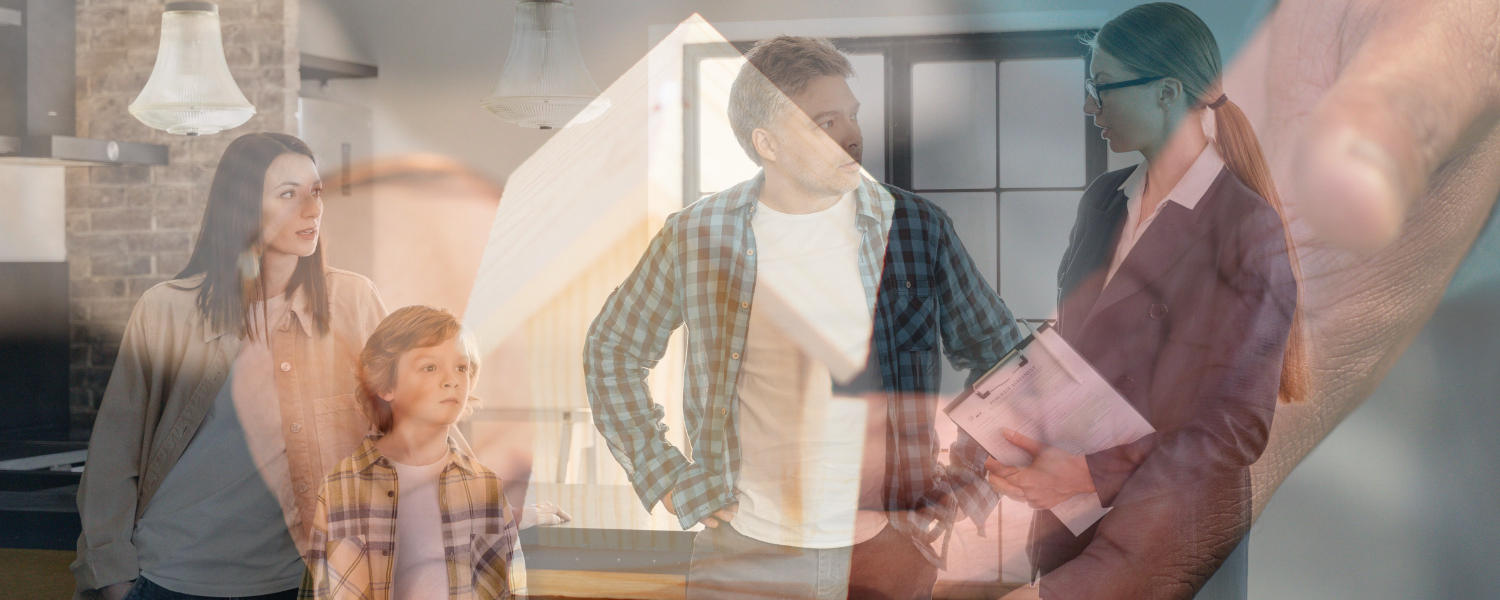In the world of real estate, first impressions matter. The way you present a property to potential buyers can make all the difference when it comes to selling homes quickly and at a higher price point. This art of effective property staging is a crucial skill that every real estate agent should master. In this comprehensive guide, we’ll explore the ins and outs of property staging, from understanding the importance of this practice to practical tips and strategies that will help you achieve faster sales and increased profitability.
Why Property Staging Matters
When it comes to selling a home, property staging is not merely about aesthetics; it’s a strategic approach to make a property more appealing to a wide range of buyers. Here’s why it matters:
- Creating Emotional Connections: Property staging helps buyers envision themselves living in the home. By setting the stage and creating an emotional connection, you can tap into the buyers’ dreams and aspirations, making them more likely to choose your property.
- Highlighting Key Features: Effective staging can draw attention to a home’s best features, whether it’s a stunning fireplace, a spacious backyard, or a gourmet kitchen. It emphasizes what makes the property unique and desirable.
- Maximizing Space: Properly staged homes appear more spacious and inviting. This is essential for creating a sense of openness, which is a key factor for many buyers.
- Showcasing Potential: Buyers often struggle to see a property’s full potential when it’s vacant or cluttered. Staging helps them see how the space can be utilized, inspiring their imagination.
- Better Listing Photos: Well-staged homes result in more attractive listing photos. In today’s digital age, where most home searches begin online, stunning photos are crucial for attracting potential buyers.
The Staging Process
Now that we understand why property staging is important, let’s delve into the step-by-step process of effective staging:
- Declutter and Depersonalize: The first step in staging a home is to remove personal items and clutter. This helps buyers visualize the space as their own. Clear countertops, organize closets, and remove excess furniture.
- Clean and Repair: A clean and well-maintained property is more attractive to potential buyers. Ensure that the property is spotless, and fix any noticeable issues, such as leaky faucets or peeling paint.
- Define Each Room’s Purpose: Every room should have a clear purpose. If you have an undefined space, stage it as an office, guest room, or another functional area. This helps buyers see the potential of each space.
- Neutral Color Palette: Neutral colors are universally appealing and make spaces feel larger. Consider repainting rooms with bold or unusual colors in more neutral tones.
- Furniture Arrangement: Arrange furniture to create a natural flow and maximize space. Avoid pushing all furniture against the walls, as this can make a room feel disconnected.
- Lighting: Proper lighting can transform a space. Ensure that each room is well-lit, and consider using warm, inviting lighting to create a cozy ambiance.
- Curb Appeal: Don’t forget the exterior of the property. A well-maintained and inviting front yard and entryway can make a strong first impression.
- Accessories and Décor: Add tasteful accessories and décor to enhance the property’s visual appeal. This includes items like throw pillows, rugs, artwork, and greenery.
The Cost of Staging
Many real estate agents may be concerned about the cost of staging. While it’s true that professional staging services can be an investment, they often pay off with a higher sale price. However, there are budget-friendly staging options as well. Consider the following:
- DIY Staging: Real estate agents or homeowners can often handle the staging themselves. With a keen eye for design and some basic knowledge, DIY staging can be a cost-effective approach.
- Virtual Staging: For vacant properties or tight budgets, virtual staging can be a viable option. Digital software can add furniture and décor to listing photos, creating an appealing look without the need for physical staging.
- Partial Staging: Sometimes, only a few rooms need to be staged to make a significant impact. Focus your staging efforts on key areas like the living room, kitchen, and primary bedroom.
Marketing the Staged Property
Once your property is beautifully staged, it’s time to market it effectively. Here are some marketing strategies to consider:
- High-Quality Photography: Invest in professional photography to showcase the staged property in the best possible light. Great photos will attract more potential buyers.
- 3D Tours and Virtual Walkthroughs: Virtual tours allow potential buyers to explore the property from the comfort of their own homes. This technology has become increasingly popular, especially in the wake of the COVID-19 pandemic.
- Open Houses: Host well-organized open houses to give buyers the opportunity to experience the staged property in person. A staged home will make a lasting impression on visitors.
- Social Media Promotion: Use social media platforms to showcase the property’s staged beauty. Share high-quality photos and virtual tours on platforms like Facebook, Instagram, and YouTube.
- Collaborate with Local Stagers: Establish partnerships with local professional stagers who can assist in staging your properties. They can offer valuable expertise and connections within the staging industry.
Measuring Success
To determine the success of your staging efforts, consider the following metrics:
- Days on Market: A well-staged property tends to spend less time on the market. Compare the days on market for staged properties versus non-staged properties.
- Sale Price: Track the sale prices of staged properties compared to non-staged ones. You’ll likely find that staged homes fetch higher prices.
- Buyer Feedback: Collect feedback from potential buyers who visit your staged properties. This can provide insights into the impact of staging on their decision-making process.
Conclusion
In the world of real estate, effective property staging is an art that can significantly impact your success. It allows you to create emotional connections, highlight a property’s best features, and maximize its potential. By following the staging process, marketing your staged properties, and measuring success, you can not only sell homes faster but also command higher sale prices. Remember that while staging may require an investment, the returns in terms of quicker sales and increased profitability are well worth it. So, embrace the art of property staging and watch your real estate business thrive.




